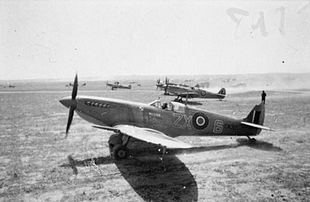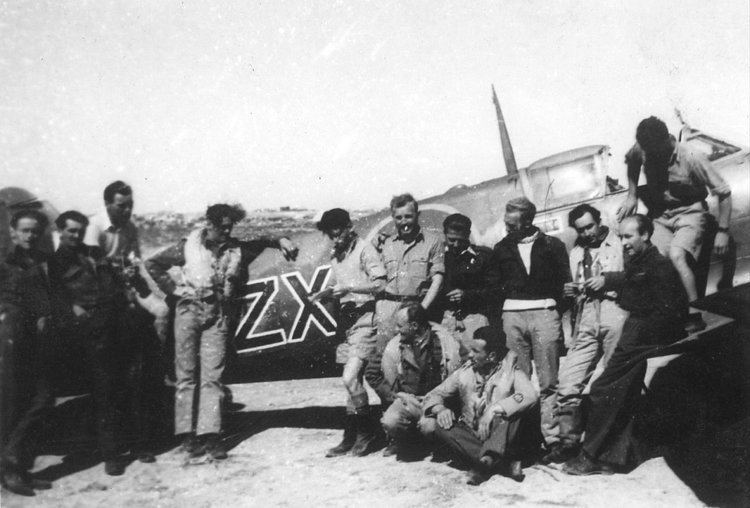Nickname(s) "Skalski's Circus" | Battle honours North African Campaign Battle honour North African Campaign | |
 | ||
Active 13 February 1943 to 22 July 1943 Similar Polish Air Forces in France a, Desert Air Force, Polish Resettlement Corps, I Corps, Polish Army in France | ||
The Polish Fighting Team (PFT) (Polish: Polski Zespół Myśliwski), also known as "Skalski's Circus" (Polish: Cyrk Skalskiego), was a Polish unit which fought with the British Commonwealth Desert Air Force in the North African Campaign of World War II, during 1943. Its nickname was derived from its commander, Stanisław Skalski.
Contents

History

In late 1942 Polish Air Force Staff Command requested RAF permission to send a group of specially chosen pilots to the North African theatre of operations to acquire experience in operating as a part of a tactical air force in preparation for future Allied landings on the European continent.

Volunteers had to be experienced (with at least 30 operation missions completed) and some 70 volunteers were considered before 15 pilots were chosen for the operational tour of 3 months.

Formed at Northolt on 5 February 1943 as the Polish Fighting Team, initial preparations for overseas service took place at RAF West Kirby, and the unit embarked on 24 February, arriving in North Africa on 13 March 1943.
The team was initially attached as 'C' flight, to No. 145 Squadron RAF, (under ace S/L Lance Wade) equipped with the Spitfire Mk.V and operating from Bu Ghara, 150 miles west of Tripoli.
Commencing flying on 18 March the unit gained an immediate reputation for combat effectiveness. The unit re-equipped with the Supermarine Spitfire Mark IX in late March.
Flying Officer Mieczysław Wyszkowski was the only casualty in the PFT, shot down and taken prisoner-of-war on 18 April. The German Army in Africa surrendered on 13 May and the PFT was disbanded.
Three pilots stayed on and became part of Desert Air Force units; Skalski became CO of No. 601 Squadron, Horbaczewski CO of No. 43 and Drecki a Flight Commander in No. 152.
